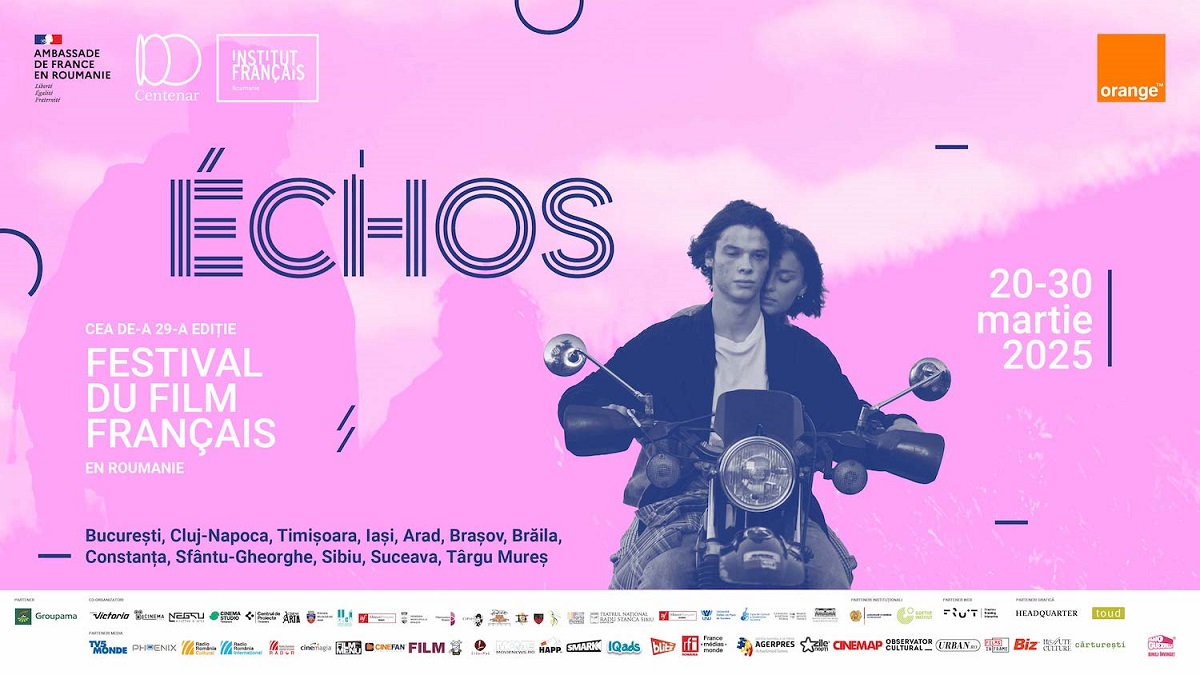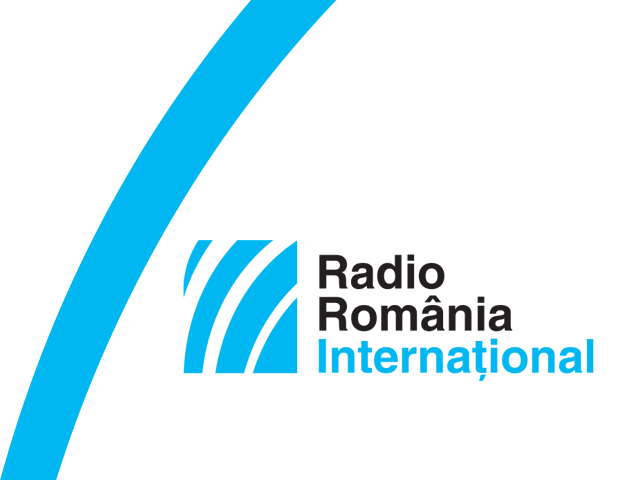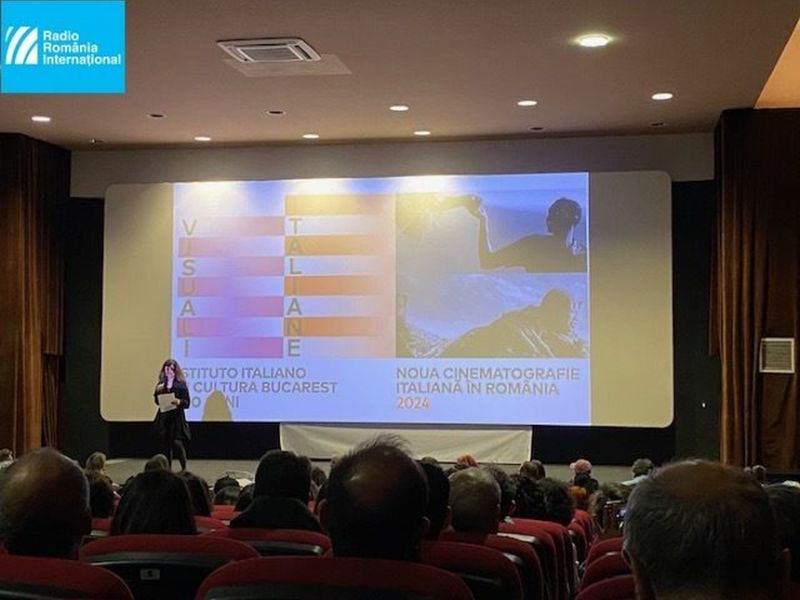Books for children, translations and original texts

Christine Leșcu, 23.01.2016, 14:43
After 1990 the Romanian children’s literature was on a downward trend, just like many other cultural sectors. Original books for children in Romanian were becoming increasingly scarce while translations, which came to dominate the book market for children little by little, were not always of the best quality. This situation lasted until 2008-2009, when both quality Romanian literature for children and quality translations were on the rise. Translator from and into English, Florin Bican, is also a writer. He writes both prose and poetry.
Here is how Florin Bican explains the situation of children’s literature in Romania: “I believe that immediately after 1990 Romanian publishers avoided publishing Romanian books for children. As the Romanian writers of children literature were faced with a lack of demand for their books, they blocked the offer in their turn. But in time, publishers grew wary of the public’s preferences, and the public, in its turn, became familiar with the translations from world literature for children, started to show openness towards the Romanian literature for children. There was a period, up until 2000, when the Romanian literature for children lost ground. What is paradoxical is that, prior to 1989, despite the rigor of the times, Romania had books for children, this genre was indeed given the attention it deserved. After 1990 people looked at the children’s literature with indifference. It is true that many translations of such books were published, which was a good thing”.
Unfortunately, not all translations rose to the expectations. Many publishing houses, in their rush to make profits, published superficial translations. This also happened because Romanian writers were reluctant to venture into children’s literature.
Here is Florin Bican: “People want to believe it is in fact very easy to write for children, especially those who don’t do that. Many believe that there’s nothing easier. The tragedy is that some of them are writers. Even worse, they get published. At the same time, fortunately, there is one other category, that of the writers who believe it is hard to write for children. You have to draw inspiration from some place. It might do us good to look around, to take a closer look at children, read more children’s literature and read it with the same joy they do. Maybe some of us still have our childhood experiences fresh in our minds, and that helps with the writing.”
In any case, it is essential to have contact with children. In fact, communication with her own child was the principal motivation for Sinziana Popescu when she started writing. In 2009, her book Vlad’s Trip to the Land Beyond got the Writers’ Association Award for children’s literature, which had not been granted for a number of years.
This book was the first volume of the Andilandi series, and she told us about it: “I started this series about 2002-2003, when my boy was little, and I wrote that thinking that this should be my legacy to him, to show him the mythological beings in our tales too, because we have superheroes too, worthy of attention… Back then kids read a lot of Anglo-Saxon fantasy books, which are beautiful, I’ve read them too. Which led to the thought that we also have something to prove, that we have our own interesting mythological beings. I wasn’t bent on educating anyone, I just wanted to write a nice and interesting story. If there is a moral to it, I tried to filter it. I didn’t necessarily want to sweep it under the rug, but I didn’t want it to stick out, because usually children reject our attempts at moralizing.”
Florin Bican too wanted to avoid moralizing, focusing on entertaining kids, which is why he wrote his Rhyme and Reason Recyclopedia, a non-conformist rewriting of a Romanian fairy tale, written in a much more familiar language than some parents may have wished, perhaps: “All these ideas came to me along the years as I talked to my son, who is now nearly 30. I tried to rewrite some texts that seemed to me too stuffy, so that he might find them interesting. I kept practicing, motivated by doing it for my son as well, and kept taking well-established tales and turning them on their head. I got a lot of feedback. Children accepted the book without reservations, and I was amazed to find out, talking to them, that they were not derailed by the non-conformist language, which you cannot find in classical texts. They followed the storyline and the effect was just what I wanted. It was clear that a character with a colorful language is supposed to be ridiculous, and in the end he would get what’s coming to him. They got the parody, in other words. That was not necessarily the case with parents and teachers.”
Even though lately more and more Romanian books have been published, there are not enough to go around, according to Sinziana Popescu: “Our book market is stifled by translations, some of good quality, others of a doubtful quality, and they are not even of such a variety. We are dealing with two categories: contemporary best-sellers and classics, such as Astrid Lindgren, Mark Twain and Beatrix Potter. For instance, I didn’t know anything about contemporary Swedish writers. At the same time, Romanian writers are few and far between, you can count them on the fingers of one hand, or two. There are too few of them, which is why the Romanian market is unbalanced.”
Sinziana Popescu’s latest book is for children aged 3 to 7, in a bilingual Romanian-Swedish edition brought out by Pionier Press Publishers in Sweden, called The Little Rainbow Car.





























